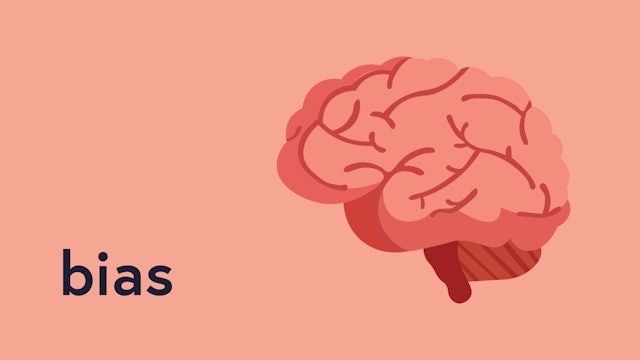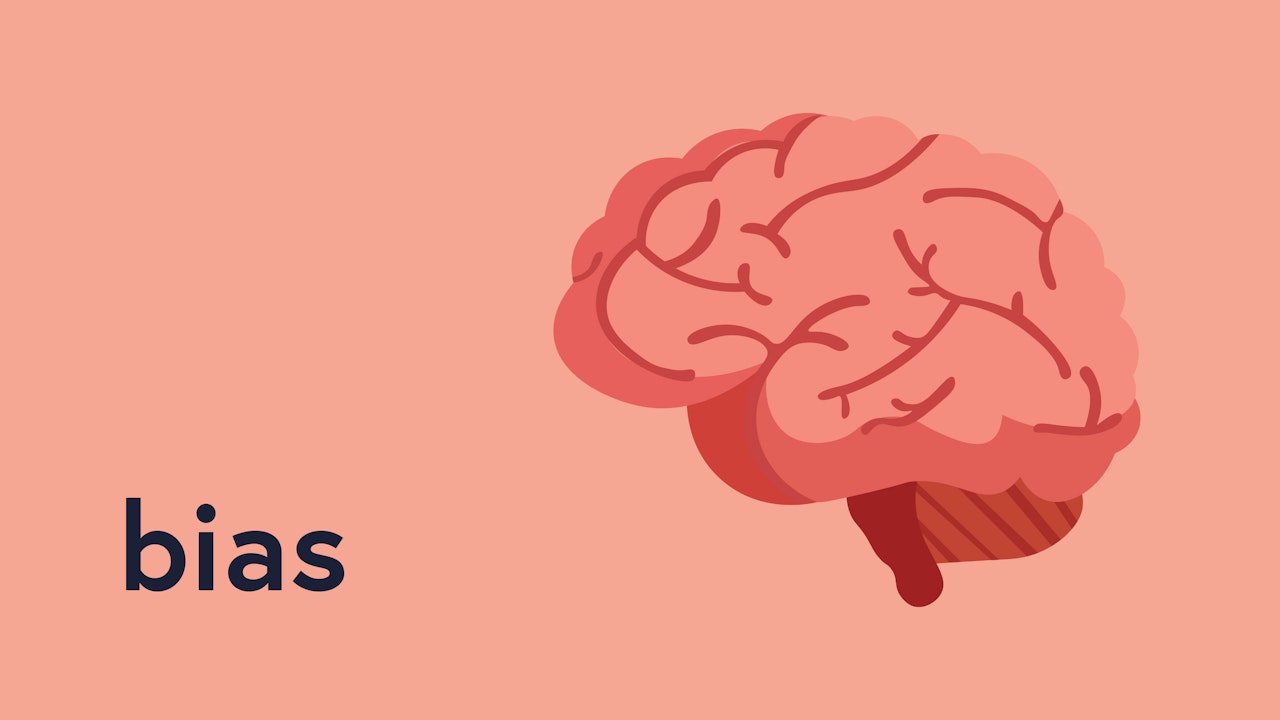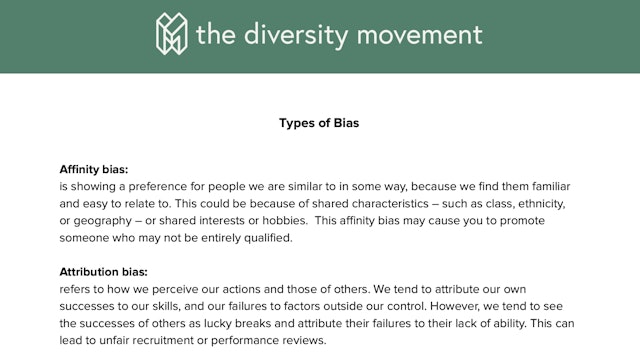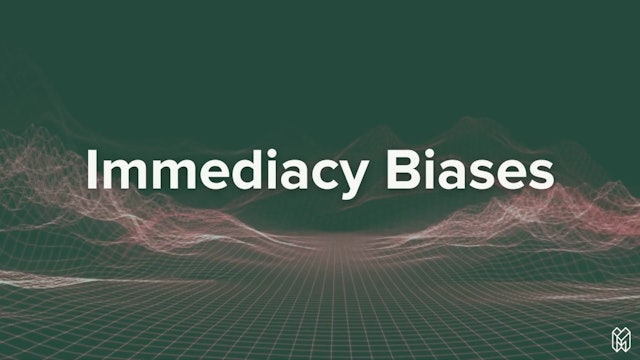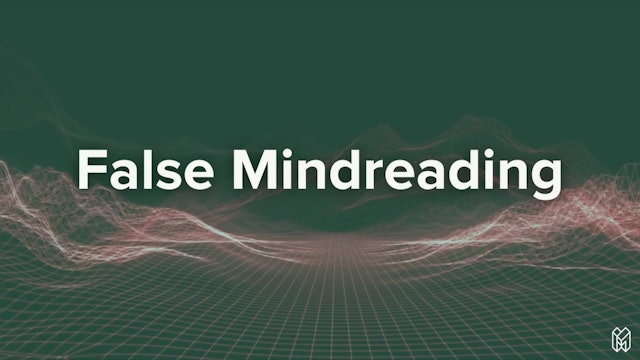-
Gender and Stress in Cross-Race Interactions
Consider the findings of a variety of research studies that explore the stress generated by interactions between individuals of different genders and races. While more research is needed to reach definitive conclusions, these preliminary insights are thought-provoking.
-
What is Hair Discrimination?
Gain an understanding of hair discrimination -- the unfair social and economic treatment of a person or group based on their hair’s style and texture. Recognize the negative impacts on Black women and others with afro-textured hair. Learn how to counteract this problem in the workplace.
-
What is the Patriarchy?
Explore the ways that a patriarchal system is embedded in American society and how it negatively affects women and other gender minorities, including workplace discrimination. Evaluate the damage done by a system that actively oppresses half of our population and devalues feminine qualities.
-
Cognitive Biases: Confirming Our Beliefs
Through cognitive biases like the ostrich effect, subjective validation, the continued influence effect, and the Semmelweis reflex, we sometimes accept only the information that confirms our beliefs.
-
How Can I Disrupt Bias Against Women?
In this example video, learn how to interrupt everyday bias against the women in your office. Here is our suggested course of action to stop microaggressions in a firm, yet non-confrontational, manner.
-
How to Mitigate Recruitment Bias
Bias, whether conscious or unconscious, negatively impacts any organization’s recruitment process Discover the four key action steps you can take to mitigate recruitment bias and support a culture of diversity, equity, and inclusion at your company.
-
4 Steps to Mitigate Bias in Supplier Diversity
Follow these 4 steps to stop unconscious bias from adversely affecting your Supplier Diversity program. See why data tracking, consistent standards, inclusive relationship building, and ongoing management accountability are the keys to Supplier Diversity success.
-
What is a Hostile Work Environment?
Focus on the variety of factors that can make a work environment hostile or abusive. Find out why harassment is an illegal form of employment discrimination and what your company can do to prevent it, address it, and bring it to a halt.
-
What is Racism?
Explore three different facets of racism -- overt, covert, and systemic -- to gain a better understanding of how racism impacts people and our society and be better prepared to address and combat it.
-
What is Sexism?
Expand your understanding of the term sexism, the wide-ranging societal impacts of sexist actions and attitudes, and how to mitigate the effects of sexism by acknowledging and addressing stereotypes, biases, and sexist behaviors.
-
Immediacy Biases
Our brains developed immediacy biases to deal with the chaotic and ever-changing nature of our world. Here are several types of immediacy bias and how to better process them.
-
Do I Need Unconscious Bias Training?
Confirm what unconscious biases are, why all people have them, and how they can negatively impact the performance of people and organizations. Examine the factors that make some unconscious bias trainings for employees backfire and how to ensure that your trainings will be effective.
-
Racial Equity: Turning Statements Into Actionable Strategies
Educate yourself about the many ways that you and your company can translate a verbal commitment to racial equity into visible, tangible actions that begin to redress centuries of systemic racial inequality and make a positive difference in your community.
-
What is the Difference Between Microaggression and Macroaggression?
Get clear on the definitions of two words that are frequently heard in DEI-related discussions: microaggression and macroaggression. Benefit from helpful examples of each, recognize their negative impacts, and identify steps your organization can take to eliminate them.
-
What is White Supremacy?
Confirm what is meant by the terms White supremacy, White privilege, and systemic racism, and the interconnections between the three. Consider how working toward inclusion and equity in the workplace helps to address race-based disparities and prejudice.
-
Combating Bias Against Asian Americans at Work
Bias and violence against Asian Americans has increased dramatically since the beginning of the pandemic. In this video, we cover 5 concrete steps you can take to help mitigate bias and racism against Asian American in the workplace.
-
The Psychology of In and Out Groups
Benefit from an understanding of how people categorize, identify with, and compare in-groups and out-groups, a natural and automatic cognitive process that sometimes leads us to the pitfall of prejudice and hostility to those unlike ourselves.
-
What are the Consequences of Code-Switching?
Consider how code-switching -- hiding or erasing personal characteristics in order to fit in at work -- often comes at a major price for employees and the organizations they serve: reductions in job satisfaction, innovative thought, and ultimately, productivity.
-
What is Tokenism?
Take a closer look at “tokenism” and how this practice ends up harming rather than helping companies that engage in it. Learn how to avoid the pitfall of tokenism and move beyond it to create a truly diverse, inclusive culture and a more productive and profitable business.
-
Cognitive Bias: False Mindreading
When we presume to know what others are thinking, we fall into a variety of traps that cause bad decision-making and ill-informed opinions.
-
Why You Shouldn’t Say “Girl” At Work
Referring to women as “girls,” or other child-like terms, is disrespectful and undermines their workplace engagement and productivity by denying their maturity and human dignity. Learn more about infantilizing terms and how they work as microaggressions.
-
How To Be an LGBTQ+ Ally
Approximately 7% of people in the U.S. identify as LGBTQ+. Here are a few steps you can take to act as an ally to your LGBTQ+ colleagues, employees, friends, family members, and more. These tips will help you create real change in the world around you.
-
What is Code-Switching?
Ever heard the term code-switching? Check out what it means, when it happens, and why it matters. Recognize how code-switching behaviors detract from employees’ contributions to problem solving, productivity, and company culture.

